Outside the Box: A Values-Based Approach to Parashat Hashavua
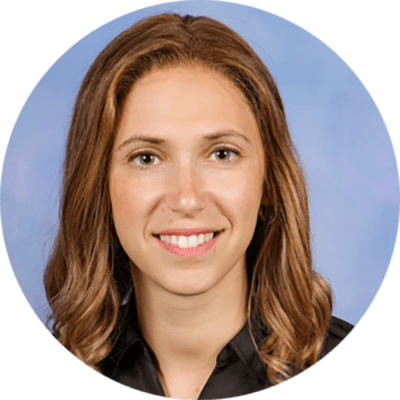
Chaya Cowen is the Head of Learning & Teaching at Beth Rivkah Ladies College in Melbourne, Australia. She oversees a comprehensive high school curriculum and teaches courses in Tanakh, Jewish History, and Jewish Philosophy. She has a passion for education with a focus on meaningful, empowered, and personalized Jewish learning.
Tanakh in dialogue
What position does the Tanakh occupy in the life of an early teen? For many, the Tanakh resides in the mental box into which school is commonly placed—a box of academic pursuits, Hebrew language and grammar, Jewish history, and Biblical knowledge. There is nothing innately wrong with this, to the contrary, Tanakh study certainly can and does involve these important elements. But a missed opportunity arises when compartmentalization precludes Tanakh from forming dialogue with the other “boxes” that rise to prominence in the early teen years.
Early teenagehood is often marked by questioning and exploration as students begin a journey of seeking to understand that which may have previously gone unquestioned. While some of these questions may more benignly focus on fads and trends, some of these are deep and values-driven. As an educator in an Australian high school which begins in 7th grade, I have often observed these bigger questions begin to emerge among students of 12-13 years old. Their questions run deep as they journey to reconcile who they are, what they stand for, and how they relate to their religion.
The notion of teenage rebellion often gives the questioning of early teens a bad rap, assuming that questioning is seeking to disrupt or criticize. But more often than not, the bigger questions arise out of genuine curiosity, as adolescent brains develop and become more capable of reflection, and so in learning the stories of Tanakh, they seek to understand questions such as: If God tells us clearly what blessings and curses will arise from our actions, then why do I see bad things happening to good people? Why is my religion so full of rules when the world around me advocates for freedom and choice?
For educators in a Tanakh classroom, these questions can be confronting. First, if our lesson preparation is focused on skills or content knowledge, it is challenging to address deeper questions like these on the spot. Second, questions like these ask us to recognize our students’ underlying assumptions so as to anticipate and address the questions when they arise. Third, deep questions need satisfying answers which take time—not only in the act of answering, but in distilling complex answers into a medium that is understandable and satisfactory for an early teen.
The concept of questioning lies at the heart of our faith as Jews, as so poignantly phrased by Rabbi Jonathan Sacks in his To Heal a Fractured World: “Faith lies not in the answer but the question—and the greater the human being, the more intense the question.” The intensity of adolescent questioning can at times be daunting for an educator to address, particularly when the intensity arises not from the question itself, but from the angst or emotion that underpins it. One of the most powerful ways of validating and addressing intense questions is to deal with them when the intensity is lower as the questioning journey has just begun—in the early adolescent years.
I’d like to suggest a way of approaching the teaching of parashat hashavua which provides this space by bringing Tanakh into the dialogue as a means of answering these deep questions.
Concepts in Tanakh
While all schools approach the teaching of parashat hashavua differently, it is commonly with the dual goal of conveying the key components of the parasha and extracting some form of personal takeaway. Rabbi Shneur Zalman of Liadi, the first Chabad Rebbe, provided a dimension to parasha study in instructing his hasidim to “live with the times,” which for him meant experiencing the Torah portion of the week as it connects with one’s own lived experience.
While the actual stories of Tanakh can certainly resonate with world events at any given time, there is a timeless quality to the concepts, values, and themes that underpin them. A concept-based approach to teaching exists beyond the realm of Jewish Studies and its proponents center curriculum around big ideas. In positioning a big idea or concept at the heart of a unit of study, all facts are taught as extensions of this overarching theme. In this approach, it is a given that the teaching involves a rich exploration of deep ideas.
In a concept-based approach to teaching parashat hashavua for example, while the content of the pesukim will certainly be taught, it will be done with a view to bring out a central concept that arises from the narrative, facilitating a rich conversation. It is this kind of approach that creates a platform for dialogue where deep questions meet the Tanakh. Planning and delivering lessons this way creates an opportunity for a teacher to deal with these topics with time, intention, and forethought.
Pedagogy of the approach
Designing and teaching parashat hashavua in this method utilizes a four-step approach:
- Studying the passage within the text itself
- Identifying the concept
- Show, not tell: hands-on learning activities
- Personalizing the message
1. Studying the passage within the text itself
If the goal of the approach is to bring the Tanakh into dialogue with student questions, it is important for the Tanakh itself to be brought into the classroom, preferably in the original Hebrew text. So much meaning is contained in the Torah’s use of words and phrasing, that often a concept will be drawn from a unique description or terminology the Torah uses. Providing whatever additional scaffolds may be needed by students to access the text, e.g., translation, the lesson may provide an overview of the key components of the parasha before directing students to focus on a smaller part of the text inside. In selecting the focus text, the teacher would choose a portion that conveys the central concept they want to explore.
2. Identifying the concept
Any one parasha will contain a broad range of concepts, and as such, it will be the teacher who will preselect the concept for focus that week. For the approach to achieve its goal of addressing student questions and assumptions, the concept would be either relevant for teenagers in general—such as the notion of justice and following rules—or one that the teacher knows to be relevant for their specific cohort—such as resilience. The teacher would frame the concept for students as arising from a word, a pasuk, or a series of pesukim in the text itself, and phrase it as a question, such as, “Why do we have to follow rules?” In doing so, the teacher validates student questions by allowing the concept, and the Tanakh dialogue, to be explored as an answer.
3. Show, not tell: hands-on learning activities
One of the hardest parts of engaging in a values-based discussion with teens is ensuring that it doesn’t come across as dogmatic, which runs the risk of shutting students down and loses the opportunity to engage in open exploration. This part of the lesson, which involves investigation of the concept and wherein lies the crux of the answer to the question, requires a pedagogy of “show, not tell.” In practice, this involves demonstrating the concept in action rather than simply instructing. Hands-on learning activities can be used to bring out the complex focus concepts. These activities may involve art projects, scientific experiments, mind games, role plays, and exercise, and some examples can be found in the case studies that follow. In designing or selecting an activity, these should be ones that enable students to see, through the actions they undertook or work they produced, the concept actualized in a way that addresses the core question.
4. Personalizing the message
Once the activity has been completed, the teacher conducts a reflection on the activity that links it to the concept, and the central question will be answered as a class. This would then be followed by some sort of personalization exercise where students are asked to apply the answer to their own lives.
Case studies
Below are two case studies of lessons run according to this approach.
Parashat Shoftim
- Students explore the leadership structure of Benei Yisrael and the system of law they oversee within the text of the parasha.
- Arising out of the text, students are prompted to consider the question of why Judaism has such a defined set of laws with layers of leadership to enforce them—a question that is highly relevant to teenage religious exploration.
- A “show, not tell” approach is essential to providing an answer to this question that is not dogmatic. Students are prompted to consider the range of unspoken rules prevalent in their lives and then are taught to play the card game Mao. The card game aims for players to get rid of the cards in their hands without breaking any rules, but the rules are never spoken—they must be worked out through the course of play. When played as a game this can be an enjoyable challenge. After gameplay, students discuss how hard it is to succeed in the game and how much harder it would be if life was like Mao.
- Reflection activities look at how clear rules and a system of enforcement enable justice and fairness. Prompts allow students to reflect on the benefits of having a clear set of rules and knowing that there are those who are charged with enforcement in their own lives.
Parashat Ki Tavo
- After being given a brief overview of the parasha, students explore the text that describes the curses given on Mount Ebal and the violations that would warrant them.
- Arising out of this text, students are prompted to consider why it might be that we don’t always see clear consequences—curses or blessings—for our actions, and essentially, why bad things happen to good people and vice versa. Theodicy is a question that has been voiced by younger students in varying contexts at our school.
- Providing an answer to this very deep question in a manner that is relatable to early teens requires an activity where they can see the potential for a disconnect between action and outcome. The lesson involves an embroidery activity, where students stitch a design using needle and thread. After producing their piece, the teacher draws attention to the difference between the neat pattern on the front of the embroidery and the messy underside which contained all the knots and additional stitches. This was then used as a parable to “show” or demonstrate the difference between a human and godly perspective on the world, where our view is much like a messy underside that sees actions but not always outcomes or consequences, while God sees the ultimate design.
- This can be a heavy topic, particularly for a student who has experienced personal hardship. As such, personalization takes the form of students articulating their answers to the questions in their own words.
Enriched dialogue
Having utilized this approach in our school for the last three years, we have been able to measure its success in a few ways. Firstly, student engagement with Tanakh and these lessons is clearly evidenced in the enthusiasm with which students engage with every lesson. Secondly, the thoughtful responses students complete at the personalization stage of the lessons have demonstrated their receptiveness to this pedagogy. Thirdly, the conceptual nature of the lessons has enriched the level of conversation where students feel comfortable dealing with these topics and are genuinely interested to see how the parasha plays a role in answering the questions. Most importantly, as the students become used to the system and know that the lessons will be validating the questions they have, the angst is removed and is replaced by a genuine curiosity.
It must be acknowledged that questions may reassert themselves as our students mature, and it is also feasible that students emerge from these lessons with their questions not fully addressed. This approach therefore requires teachers to operate in a manner of warmth, lack of judgment, and openness to continue the conversation. This is true for parashat hashavua, Tanakh, or any other classroom in which values are discussed. It is with the hope that through exploration, engagement, and validation, students feel they have a platform to ask, acknowledge, and appreciate the richness of their tradition in addressing their questions.

Chaya Cowen is the Head of Learning & Teaching at Beth Rivkah Ladies College in Melbourne, Australia. She oversees a comprehensive high school curriculum and teaches courses in Tanakh, Jewish History, and Jewish Philosophy. She has a passion for education with a focus on meaningful, empowered, and personalized Jewish learning.

From The Editor: Winter 2025
It is one of the oldest literary collections ever written and still very much in circulation. Public readings (and celebrations) of its text are practiced in nearly every synagogue in the world in a regular, fixed cycle. It has been analyzed and studied by religious luminaries, academic scholars, and lay people, and has been studied and taught more times than we can count, with hundreds if not thousands of published commentaries. It plays a central role in all of our lives. One would think that by now we would have a pretty clear idea of what content from Tanakh should be taught and how it should be approached pedagogically at various age levels. And yet, a mountain of anecdotal evidence reveals that there is a huge range in what is taught, why it is taught, and how it is taught.

Tanakh Hats for Meaning Making: A Multi-Perspective Approach to Biblical Text Study
In our ongoing quest to enhance Tanakh education, we’ve developed a fresh approach that energizes both teachers and students while promoting diverse interpretations, critical thinking, and collaborative learning. Inspired by Edward de Bono’s Six Thinking Hats, this method encourages learners to view Tanakh texts from multiple perspectives, offering deeper understanding and fostering connections between foundational Jewish texts and modern life. The Tanakh Meaning Making Hats (TMM Hats) approach equips students with various interpretive tools to explore familiar perspectives and discover new ones, building understanding through both familiar and novel frameworks. This method, grounded in constructivist learning theory, enables students to construct knowledge actively, allowing them to examine texts from varied angles.
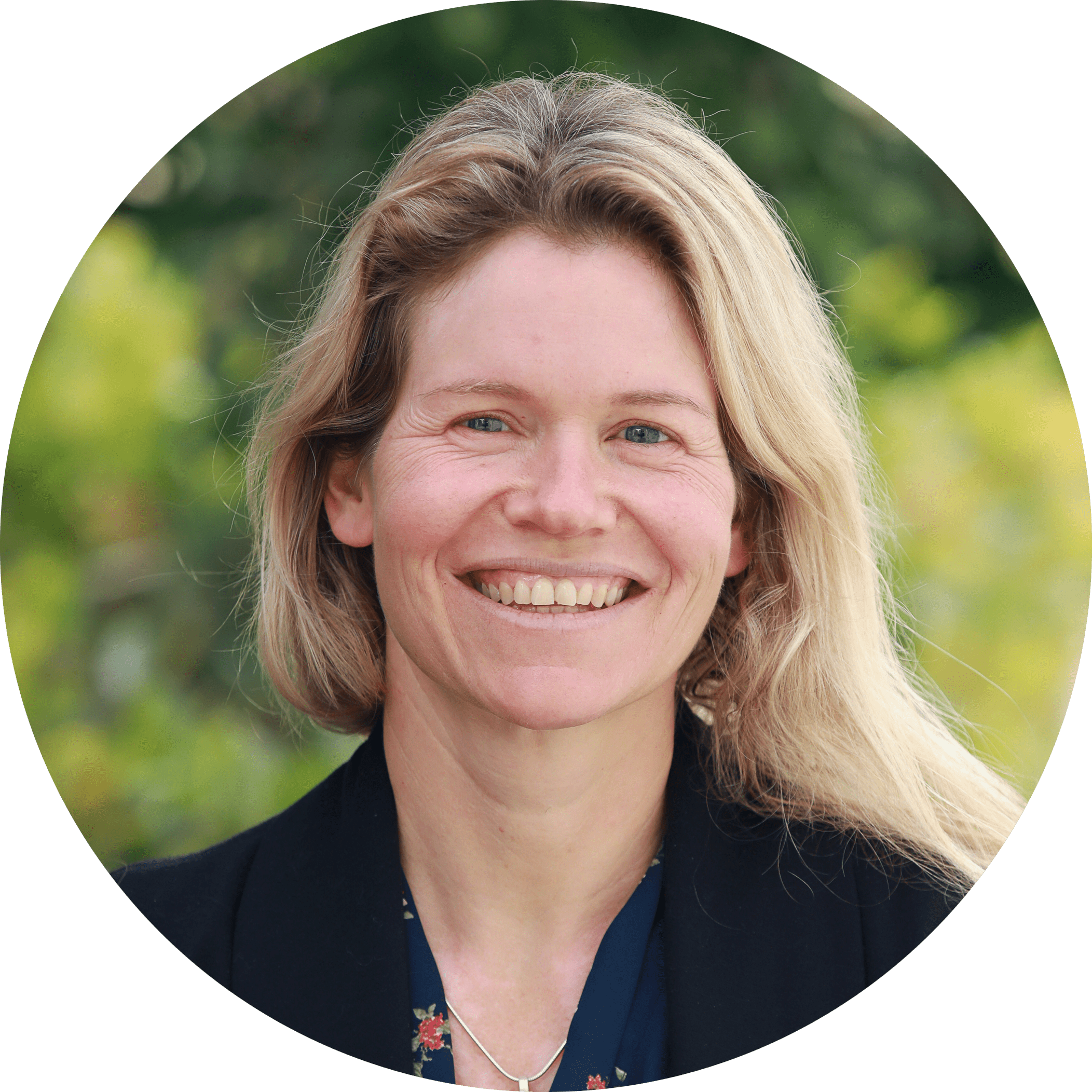
From Consumption to Production: Equipping Students to Create Torah
In the realm of Tanakh education, there is a tendency to focus on the consumption of Torah knowledge, where students engage in the study, understanding, and analysis of sacred texts. While amassing a critical base of knowledge is undeniably essential, I believe that shifting from students-as-consumers to students-as-producers—in which students not only absorb the teachings but also create and contribute their own interpretations and insights that can be shared publicly—is equally essential. How can we teach students to produce a deep analysis of Torah and not just consume others’ commentary? How do we encourage students to think for themselves while teaching other valuable lessons in the process?

Innovating Teaching Tanakh
What I observed one day in my visit to an English Language Arts (ELA) classroom last year opened my mind to completely new ways of teaching Tanakh, leading to greater student engagement.I work at a pluralistic elementary school that emphasizes growth mindset and continued development for each educator. One specific policy that helps educators learn from each other is the requirement to visit at least two other classrooms every semester. This routine fosters a genuine culture of professional growth, where teachers share ideas, observe varied teaching methods, and offer constructive feedback. I’ve always found these observations beneficial, but one visit left a lasting impact on my approach to teaching Tanakh. Stepping into Mrs. Michelle Petrova’s 6th grade ELA classroom, I was greeted with an incredibly vibrant atmosphere.

Teaching the Halakhic Sections of the Torah
Much of the discussions we find about teaching Humash focus on the narrative portions—Genesis, the story of the Exodus, the wanderings in the wilderness. To a large extent that makes sense, as they provide students with their origin stories—so critical for building the foundations of identity—and are inherently interesting, as stories tend to be. That being said, there is another half of the Torah, whose nature is primarily legal. While some skip it intentionally or somehow “don’t get around to it,” for others it is no less important to teach, even though the content often doesn’t lend itself easily to grab and hold the students’ attention. As with any teaching, we must first identify what we want to achieve before we can think about how we want to do it.
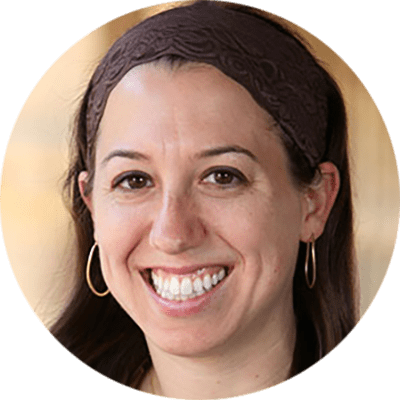
Teaching Tanakh: A New Perspective on Pedagogy
As many teachers of Tanakh know, the Tanakh classroom serves as a crucible for interpreting sacred texts, particularly in theologically and denominationally diverse day schools, camps, and beit midrash settings. The question I wish to explore here is: how do Jewish educators navigate the complex landscape of multiple orientations towards Tanakh that they might find in the seats of their classroom and make sure to empower all their students as interpreters? Central to my own Tanakh teaching, at almost every grade level, in almost every type of day school context, is the realization that my students don’t read Tanakh according to the same orientations or literacy practices, but it would be helpful if they did—at least for the duration of my class.
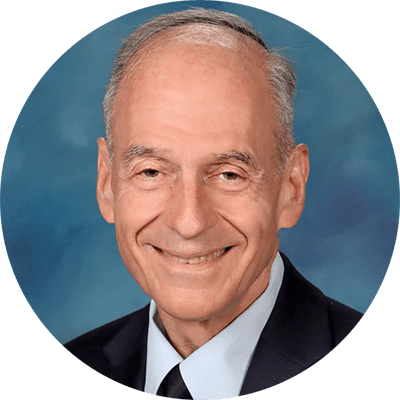
Tanakh Study and Reader Response
“My students insist on translating every pasuk (verse) into English and then using their translation to answer the questions. How can I get them to work from the makor (original text)?”“When I give in to their learned helplessness and teach them an interpretation, they can’t identify the problem in the pasuk that the interpretation comes to solve, and then they get stuck on the one understanding I presented and won’t consider an alternative. How can I help them think for themselves?” “I want my students to identify with the avot (patriarchs) and imahot (matriarchs) and learn from their example. But they somehow can’t relate to them as role models. What am I doing wrong?”Sound familiar? For years these complaints were a constant refrain from my Tanakh-teaching colleagues.
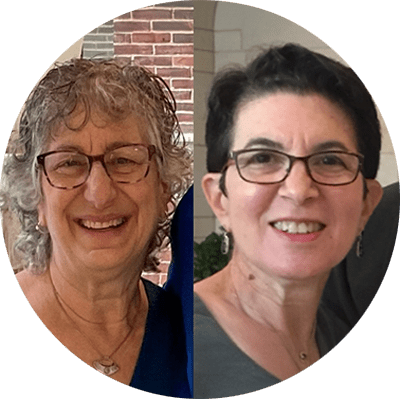
Vision, Lenses, and Focus: Bringing Clarity to Tanakh Curriculum with Standards
Any Tanakh text, whether narrative or legal, contains an abundance of ideas, elements, and complexities, and has the potential to raise countless questions. How does a school community decide which of them to pursue?Nechama Leibowitz, quoted by Shmuel Peerless in To Study and to Teach: The Methodology of Nechama Leibowitz, wrote that educators have……to decide what to leave out and what topics should not be touched, because it is pointless to tackle a number of different topics and problems superficially or incidentally in a chapter. It is preferable to concentrate on just a few topics, but in depth (p. 15). Standards serve as powerful tools for deliberating about a vision for Tanakh education and for shaping Tanakh curriculum once the school’s vision is clear.

Teaching Tanakh to Weaker Students
In my roles as a Tanakh teacher and an instructional coach, my goal is to inspire Tanakh students to become engaged, proud, and even passionate Jews, fluent in Jewish literacy and deeply committed to the future of Jewish education and community. This goal is daunting under the best of circumstances; when teaching Tanakh to weaker students, it becomes more so. In this article I will outline some of the most ubiquitous challenges that arise from teaching Tanakh to weaker students and offer suggestions for navigating them based on my own experience as well as conversations with other educators and research from the field. I believe that navigating these challenges requires both modifications in practice and shifts in mindset, and I will outline each of them.
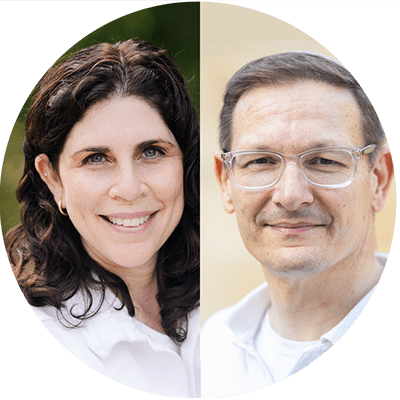
Student-Centered Learning in the Tanakh Classroom
For the past decade, educators have been using the term student-centered learning (SCL) but still finding it tricky and challenging to apply to the Tanakh classroom for a variety of reasons. One is the amount of time teachers must dedicate not only to teaching content but also to developing textual reading skills. Another is that teachers might feel reluctant to engage in a pedagogy they feel allows for too much free thinking and not enough respect for the mesorah, classical commentators, and tradition in general. Here we offer tips and strategies for how to introduce SCL into the Tanakh classroom in large and small ways. Differentiation and Social-Emotional Learning Are you differentiating in your classroom? Great! That’s one time-tested way to employ SCL in the Tanakh classroom.

Building Tanakh Skills One Step at a Time With Manipulative Materials
“Give a man a fish,” the saying goes, “and you feed him for a day. Teach a man to fish and you feed him for a lifetime.” At Netivot, we have developed a Tanakh program that gives each child the personalized gift of feeding himself for a lifetime. The Montessori method is predicated upon the idea that each child, if provided developmentally appropriate opportunities, will inherently learn and grow and master at each phase of development according to his own individual needs. For this reason, in our classrooms, the expectation is not for children to memorize translations of text “chorally,” but rather to develop individually the skills to translate for themselves. Using key elements of the Montessori method, our students build a series of skills that allow them to tackle pesukim independently.

Bringing Nechama Leibowitz Into the Classroom
The written legacy of Nechama Leibowitz, in her gilyonot and books, has served and continues to serve as the basis for Torah study for many serious students of parashat hashavua, Tanakh, and parshanut. Her teaching methodology, as experienced by one of the authors of this article in 1988-89, in her weekly classes in her apartment in Jerusalem and in her weekly shiur at the Gruss Kollel, served as a model for how to teach Torah. Certain elements have been adapted, but we have found that her principle of encouraging independent thinking and individualized feedback gives students in middle school a personal connection with the text and empowers them to continue in their Torah study with positivity and self- assurance.
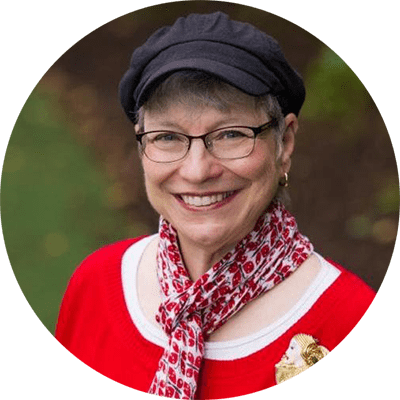
Opening the Middle School Window to Midrash
A number of years ago, when I was teaching the sections in Genesis about Abraham and Sarah to a girls’ middle school class, one of my students raised her hand and said, “I don’t like how much is missing in the Torah.” I asked her what she meant and she replied, thinking like a typical middle schooler, “Like, what did Abraham and Sarah talk about at night when they were just sitting around their tent?” After responding facetiously that Sarah probably asked Abraham what he thought about her new burka, I took the moment to answer the class seriously. This was a wonderful opportunity to deeply introduce my students to midrash as one way to fill in the “blanks” in the Torah text, to delve into the “spaces” in the text, and to teach us moral messages with which to inform our own lives.
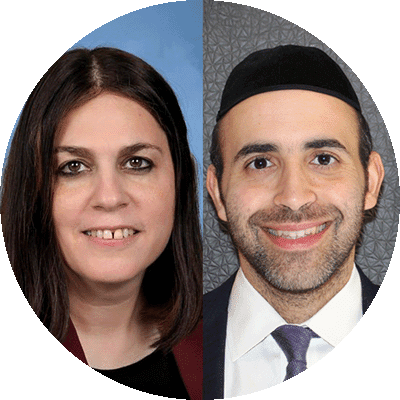
The Barkai Method for Teaching Humash
In the introduction to his book Who Knows Twelve, Rabbi Berel Wein explores a troubling phenomenon: the growing disconnect between the Jewish people and their sacred texts. Whatever the causes for its decline may have been, many Jewish day schools today are attempting to reinvigorate the study of Tanakh, recognizing its fundamental role in Jewish identity and education. Maimonides codified the necessity of studying Tanakh in Hilkhot Talmud Torah (1:7), asserting that it is a crucial component of Jewish life. Today, there is a growing recognition of the need to revive these ancient texts, which hold profound significance for Zionism, community, ethics, spirituality, identity, and much more. One noteworthy example of this revival is the Barkai educational system, developed in Israel by Rav Dan Be’eri more than 40 years ago.
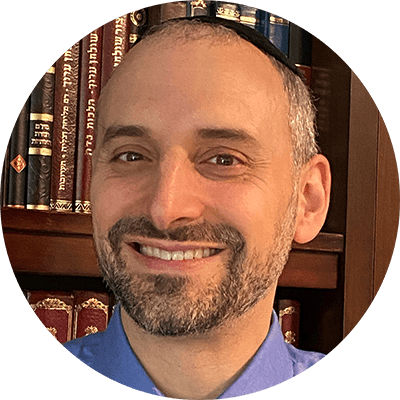
Introducing Sod Into the Tanakh Classroom
In my years of teaching Neviim and Ketuvim, one of my overarching goals was for students to gain an appreciation of why specific commentaries approached the same text differently. I spent significant time on both peshat and derash approaches, highlighting the strengths and weaknesses of each interpretation’s handling of textual issues. One experiment with introducing sod resonated deeply with some of the students and complemented the other work we were doing. I share that experiment here. Sod (literally, secret) is a mode of hermeneutical interpretation that sees the characters and storyline as being symbolic of fundamental themes. Although definitions of sod usually include mysticism, the relation to Kabbalah is only that sod reflects an interpretation that directly addresses giving insight into our relationship with God.

Heroes Within Reach
We read the Bible with the understanding that many of the characters described are our heroes, our Jewish archetypes. We pore over every action, every word, for insight into their thought and character, insight that can inform the same in us. These are not dry annals of the lives of figures from the distant past; these people are as alive today as we are—alive within us, within our synagogues and culture, because we study them so intensively and know them so intimately. Each of us knows the stories so well, that we know what happens between and behind the words.What is a Hero?But what does it mean to consider them heroes? In what sense does, or doesn’t, the Bible portray them as such? And more importantly, how does the Bible express what a hero is, and what makes someone heroic?
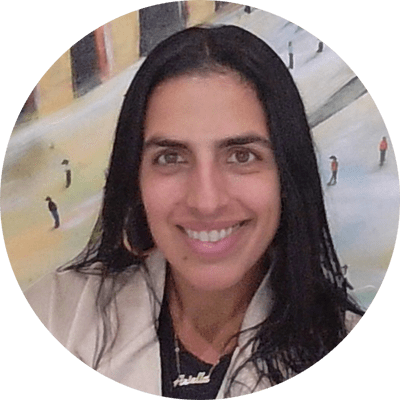
Tanakh as a Tool for Building Identity
Jewish tradition holds Torah teachers in high esteem, viewing them as more than just conveyors of knowledge. They are seen as spiritual and moral guides, shaping the character and identity of their students. In The Lonely Man of Faith, Rabbi Soloveitchik emphasizes that the role of the Torah teacher goes beyond intellectual instruction; they facilitate a divine encounter, guiding students toward a deeper connection with God. The Talmud (Bava Metzia 33a) elevates the honor due to a Torah teacher above even that of one’s parents, as the teacher introduces the student to the “world to come” through their instruction—a profound form of giving life. These texts paint a picture of the Torah teacher as a builder of Jewish identity, imparting values that help shape a student’s character and moral foundation.

Tanakh as Our Story
Tanakh is the story of the Jewish people. This basic component of our identity and our tradition has tremendous spiritual and educational power which, unfortunately, is often untapped. In the following essay, we aim to show how this idea of Tanakh as the grand narrative of the Jewish people can be developed into a powerful educational opportunity. In tapping into Tanakh’s central narrative feature, we are not merely making Tanakh more interesting for our students. Since the times of Moses, the Jewish people has known that a good story does more than just pique an audience’s interest. In the words of Rabbi Sacks, “The Israelites had not yet left Egypt, and yet already Moses was telling them how to tell the story. That is the extraordinary fact. Why so? Why this obsession with storytelling?
Reach 10,000 Jewish educational professionals. Advertise in the upcoming issue of Jewish Educational Leadership.






